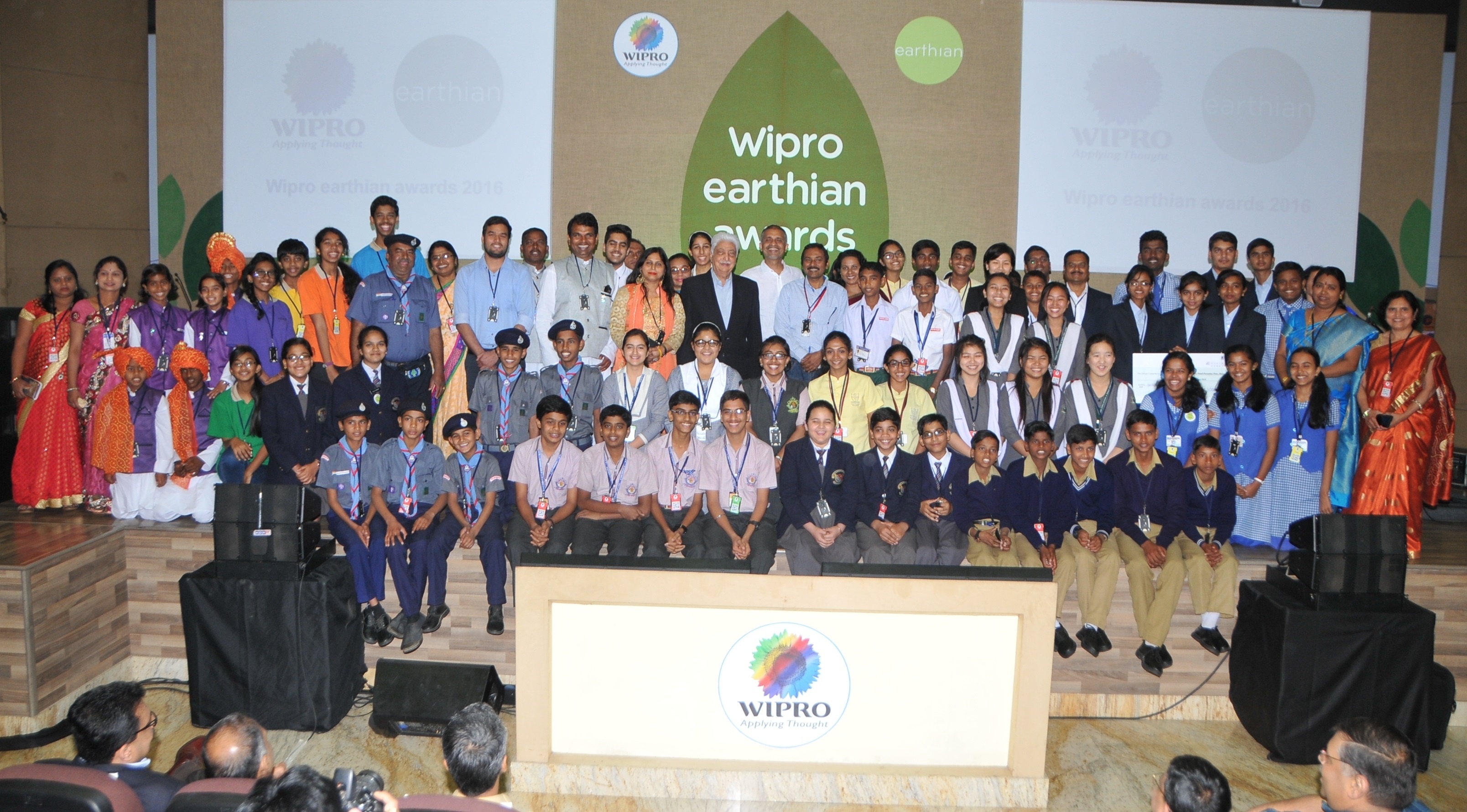Wipro Earthian is India’s largest effort in imbibing sustainability mindset among students in schools and colleges. In a conversation with Benedict Paramanand, Editor of SustainabilityNext, P S Narayan, a spearhead of this initiative, shares his learnings and the way forward to make a bigger impact. Mr. Narayan is VP, and Head, Sustainability and Social Initiatives, Wipro Limited. He is the visiting faculty at the Azim Premji University and Xavier University, Bhubaneswar
Key learnings from Earthian initiatives so far
Wipro-earthian was started in 2011 and has seen six editions till now. During this period, it has evolved in its scope. One of our directional shifts was to focus on rural schools much more. For this, outreach and constant engagement with the schools is important. Therefore, partnering with the right organizations is important to meet this objective. We have adopted a multi-pronged strategy in this regard and have forged multiple partnerships with both civil society organizations and government institutions. The response from these rural schools has surpassed our expectations. We have observed the children from such schools to be not only enthusiastic but they also demonstrate an innate understanding of sustainability issues. This probably stems from being more directly in touch
with nature.
On the other hand, in the college category, our key learning right from year one has been that a ‘one size fits all’ approach does not work. Because there are so many different disciplines, we have had to customize our approach accordingly. We now have a full fledged program for the B-Schools category and are actively considering something appropriate for Engineering / Technology institutes.
How will they be helping in shaping your future initiatives?
Since inception, our outreach has been to more than 6000 schools and colleges, 7000 + teachers and faculty and more than 55,000 students across 72 districts in 29 states and union territories. This has been largely possible through our outreach partners in various states and geographies. Going forward, our plan is to continue the two pronged approach of (a) expanding outreach to and participation of schools in rural and semi-rural India while (b) ensuring depth and quality of participation in the college category. We currently have strategic partnerships with IIM Bangalore and Xavier University, Bhubaneswar – we will continue to build partnerships with various leading institutes in different streams.
How can technology be used in the future to amplify these initiatives since you have now tested the model?
Over the past several years, we have learnt that real change in education happens only slowly and requires continuous engagement at multiple levels. It is no different for sustainability in education where the challenges have an added dimension of complexity due to its multi-disciplinary nature. The role of technology therefore is very limited. We use technology for outreach to schools and colleges and we have a rich portal for Wipro-earthian but beyond that, our focus will be on how to nudge changes in the right direction by working closely with teachers, faculty and students of both, schools and colleges.
What curriculum improvements would you suggest to inculcate sustainability mindset among the young students in India?
Sustainability in education has to be integrated with the subjects and disciplines that are already part of the curriculum. For example, the conventional teaching of Economics doesn’t touch sufficiently on ecological economics and valuation of externalities. Similarly, engineering education should bring in the angle of appropriate technology for India in a much more cogent manner.
Good sustainability education engages the head, heart and hand in equal measure. This is a slow and gradual process. The differentiating factor is not much the creation of content as much as the presence of change agents amongst the faculty. Progressive and committed faculty members who are ready to walk the less travelled path in their respective disciplines are the ones who can bring about this change.

Good sustainability education engages the head, heart and hand in equal measure. This is a slow and gradual process. The differentiating factor is not much the creation of content as much as the presence of change agents amongst the faculty.










